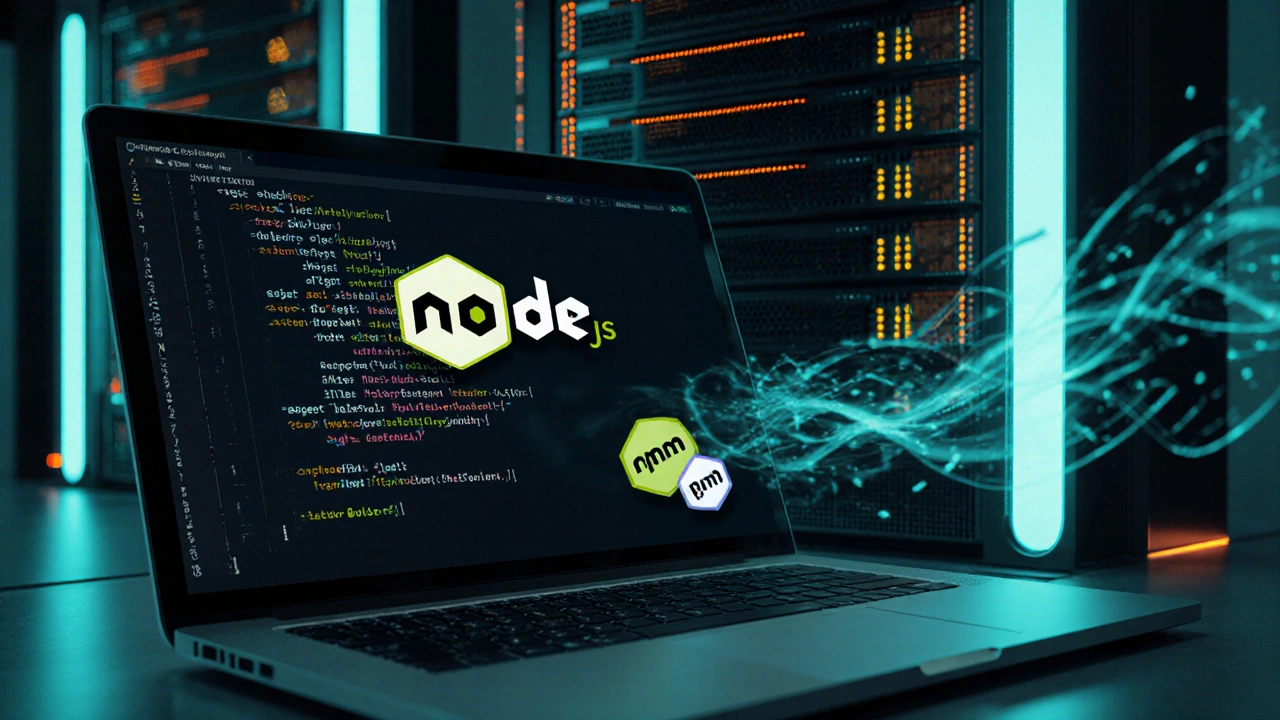Frontend Development
When working with frontend development, the practice of building the visual and interactive parts of a website that users directly engage with. Also known as client‑side development, it blends markup, styling, and scripting to create seamless experiences. Responsive web design, a technique that makes pages adapt to any screen size using fluid grids, flexible images, and media queries is a core pillar of frontend work because users now browse on phones, tablets, and desktops alike. PHP, a server‑side language traditionally used for generating HTML, can also play a role in frontend pipelines through templating or server‑side rendering when you need dynamic content without a full JavaScript framework. UI/UX design, the discipline that defines how interfaces look and feel, directly influences frontend choices like layout, color, and interaction patterns. Finally, full stack development, the ability to work on both front‑end and back‑end layers, often relies on strong frontend foundations to deliver end‑to‑end solutions. In short, frontend development encompasses responsive design, may involve PHP for dynamic rendering, is shaped by UI/UX principles, and fuels full‑stack capabilities.
To build modern frontends you need a mix of skills and tools. HTML provides the structure, CSS adds style, and JavaScript brings interactivity; together they enable the responsive layouts discussed earlier. Frameworks like Bootstrap or Tailwind speed up the process, while libraries such as React or Vue give you component‑based architectures that simplify complex UI logic. When you introduce PHP into the mix, you often use it to inject data into HTML templates before they hit the browser, a pattern known as server‑side rendering that improves initial load speed. Meanwhile, a solid grasp of UI/UX design lets you translate user research into wireframes and prototypes, ensuring that the code you write actually solves real problems. Full‑stack developers benefit from mastering these frontend techniques because they can hand off polished interfaces to back‑end services without a communication gap. The industry trend shows that employers value developers who can switch between client‑side challenges and server‑side logic, so staying current with responsive frameworks, modern JavaScript syntax, and design thinking is a smart career move.
Why It Matters Today
Every new article in this collection dives deeper into one of these topics. Some posts explain how to make any site automatically responsive, others compare using PHP for front‑end rendering versus newer JavaScript alternatives. You’ll also find guides on blending UI/UX best practices with code, and insights into the demand for full‑stack expertise in 2025. By understanding how these entities intersect, you’ll be ready to choose the right tools for any project, whether you’re building a simple marketing page or a complex web app. Browse the list below to uncover practical advice, real‑world examples, and actionable checklists that will help you level up your frontend game.
Node.js: Frontend or Backend? What You Need to Know
- Jaxon Millwater
- Full Stack Development
- 0 comment
Explore whether Node.js belongs to front‑end or back‑end development, learn its core role, and discover when to use it for APIs, build tools, or server‑side rendering.
VIEW MOREBest Programming Languages for Full Stack Developers in 2025
- Jaxon Millwater
- Web Development
- 0 comment
Discover the top languages full stack developers need in 2025. Learn what languages matter for frontend, backend, and beyond in web development.
VIEW MORECategories
- Responsive Web Design (14)
- Tech Careers (13)
- UX UI Design (12)
- PHP Development (11)
- Web Development Courses (11)
- SEO for Web Developers (11)
- JavaScript (9)
- Ecommerce Websites (9)
- Web Development Frameworks (8)
- Full Stack Development (8)
Popular posts
-
Java or PHP for Backend: Which Should You Learn First?
Jaxon Millwater -
Is It Worth Self Hosting a Website?
Jaxon Millwater -
Comparing SEO: Wix vs. WordPress for Web Developers
Jaxon Millwater -
Identifying and Avoiding Toxic SEO Tactics for Web Developers
Jaxon Millwater -
Python vs PHP Speed: Which Is Faster for Web Development?
Jaxon Millwater

